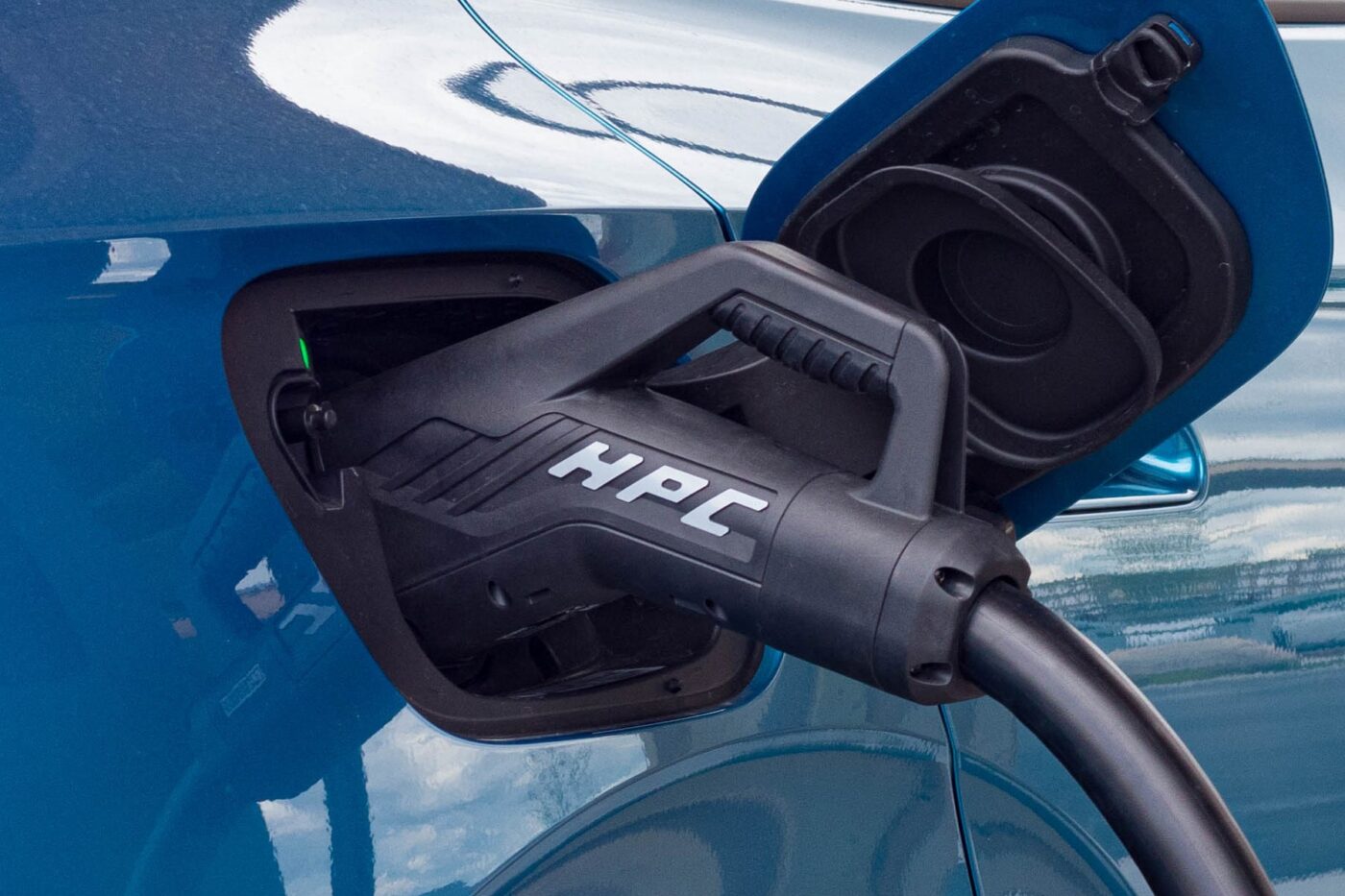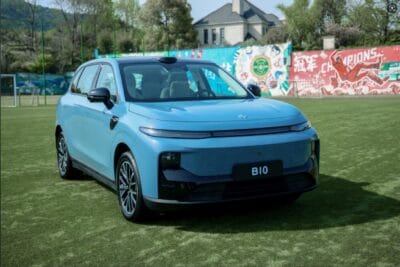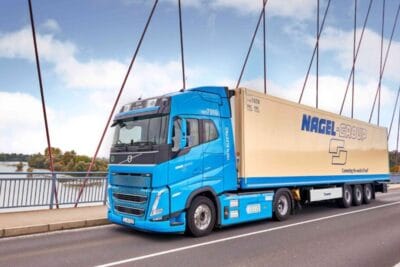Spain is working on EV subsidisation for 2025
According to a report by El Mundo, the aim is for the new subsidy programme to come into force at the beginning of 2025. However, the government is behind schedule due to the recent catastrophic floods in the country. Further details on the Moves III successor programme, such as the total budget and the amount of aid, have not yet been made public. One fundamental change that is already clear, is that the state aid will be paid out directly at the time of the EV purchase in future. Previously, according to El Mundo, those purchasing electric vehicles eligible for the subsidy would sometimes have to wait up to two years before the actual payment was made. This shortcoming is rooted in the fact that individual Spanish autonomous communities have been responsible for handing out the subsidy.
The Spanish government wants to change this with the new programme – which is easier said than done. After all, the payment was already supposed to be made centrally but a judgement by the Supreme Court explicitly put the autonomous regions in charge. The background to this is that Moves III is financed by European funds. El Mundo now writes, citing insiders, that the government is “looking for a way to bypass the autonomous regions.”
Other weaknesses in the funding will also be addressed, such as the later taxation of the environmental premium or the distribution of funds within Spain according to a population quota – and not according to demand, which led, among other things, to Andalusia receiving 71 million euros (almost 18% of the total funds) in the first round of distribution, while Madrid was only entitled to 57 million (14%). At the same time, less than a sixth of the vehicles sold in Madrid were purchased in Andalusia.
Moves III was launched in 2021 and expanded by 400 million euros in December 2022 to a total budget of 1.2 billion euros. With a further increase this year, the programme has reached a volume of 1.55 billion euros. The subsidy amounts are staggered as follows: Battery-electric and hydrogen cars and plug-in hybrids with an electric range of more than 90 kilometres are subsidised with up to 7,000 euros. PHEVs with an electric range of 30 to 90 kilometres are still eligible for up to 5,000 euros. Commercial vehicles (BEV, FCEV or PHEV) qualify for subsidies of up to 9,000 euros. Lower subsidy rates also apply to electric motorbikes, tricycles and light electric vehicles.
The Spanish government amended Moves III in June 2023. Since then, used vehicles with a maximum age of twelve months have also been eligible. Another new aspect was the change to the maximum number of subsidised vehicles per applicant, which rose from 50 to 250 units to encourage the renewal of public and commercial fleets. Dealers can also sell more demonstration vehicles.
In addition, the Spanish government introduced tax break for electric car purchases in 2023. It applies to private individuals and includes a deduction of 15 per cent of income tax on the purchase of electric vehicles. The maximum deduction that can be claimed from the time of the electric car purchase is 20,000 euros. However, this tax relief will also expire at the end of the year.
elmundo.es (in Spanish)





0 Comments